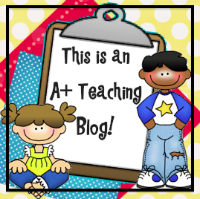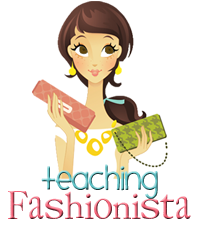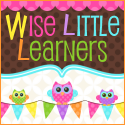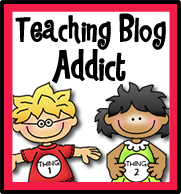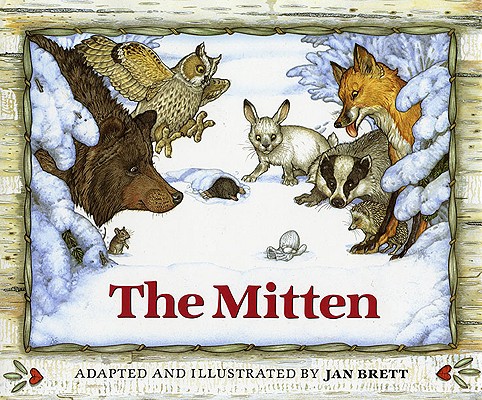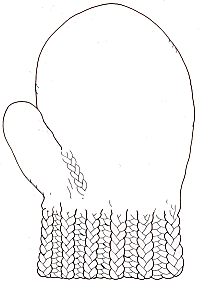Class 3-6 is learning about Figurative Language!
My best bud Melissa at TeachingFashionista.blogspot.com had this helpful info on her class page.
Whenever you describe something by comparing it with something else,
you are using figurative language.
Simile
A simile uses the words “like” or “as”
to compare one object or idea with another to suggest they are alike.
Example: busy as a bee
Metaphor
The metaphor states a fact or draws a verbal picture by the use of comparison.
A simile would say you are like something; a metaphor is more positive - it says you are something.
Example: You are what you eat.
Personification
A figure of speech in which human characteristics are given
to an animal or an object. Example: My teddy bear gave me a hug.
Alliteration
The repetition of the same initial letter, sound, or group of sounds in a series of words.
Alliteration includes tongue twisters. Example: She sells seashells by the seashore.
Onomatopoeia
The use of a word to describe or imitate a natural sound or the sound
made by an object or an action. Example: snap crackle pop
Hyperbole
An exaggeration that is so dramatic that no one would believe the statement is true.
Tall tales are hyperboles.
Example: He was so hungry, he ate that whole cornfield for lunch, stalks and all.
Idioms
According to Webster's Dictionary, an idiom is defined as: peculiar to itself
either grammatically (as no, it wasn't me) or in having a meaning
that cannot be derived from the conjoined meanings of its elements
(as Monday week for "the Monday a week after next Monday")
Clichés
A cliché is an expression that has been used so often that it has become trite
and sometimes boring. Example: Many hands make light work.
Check out this site for some great games to use in centers!




